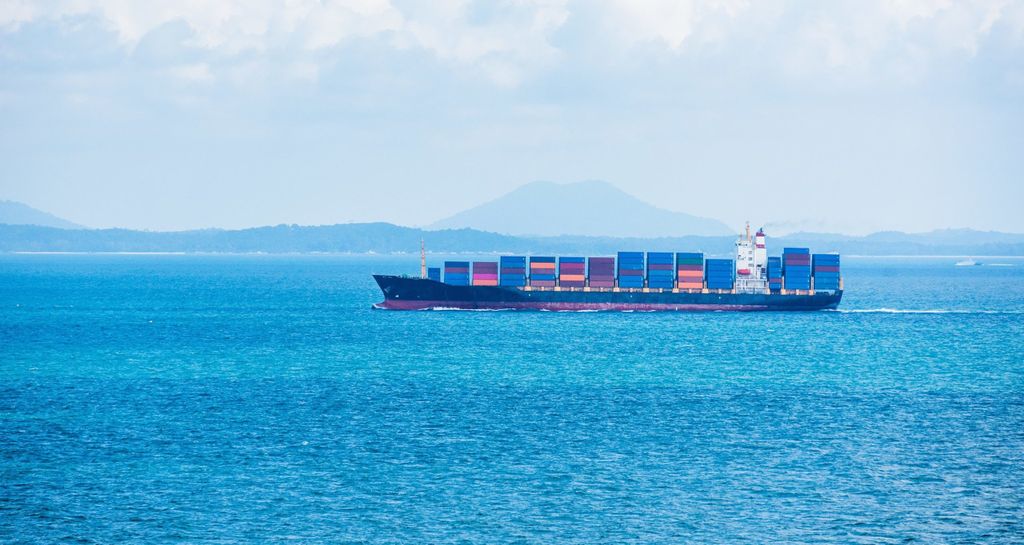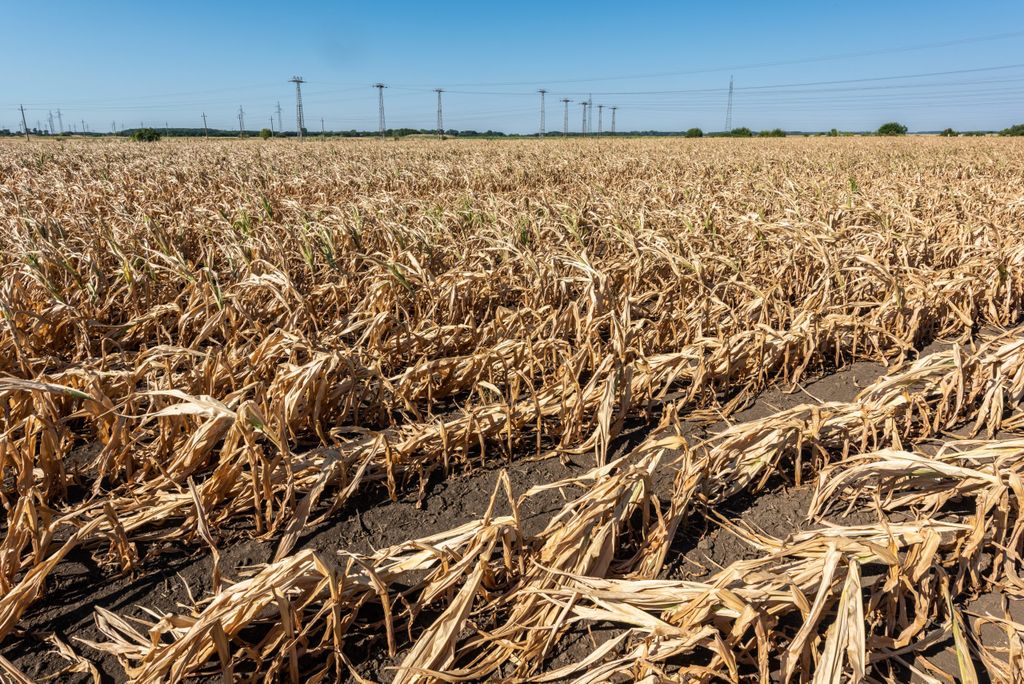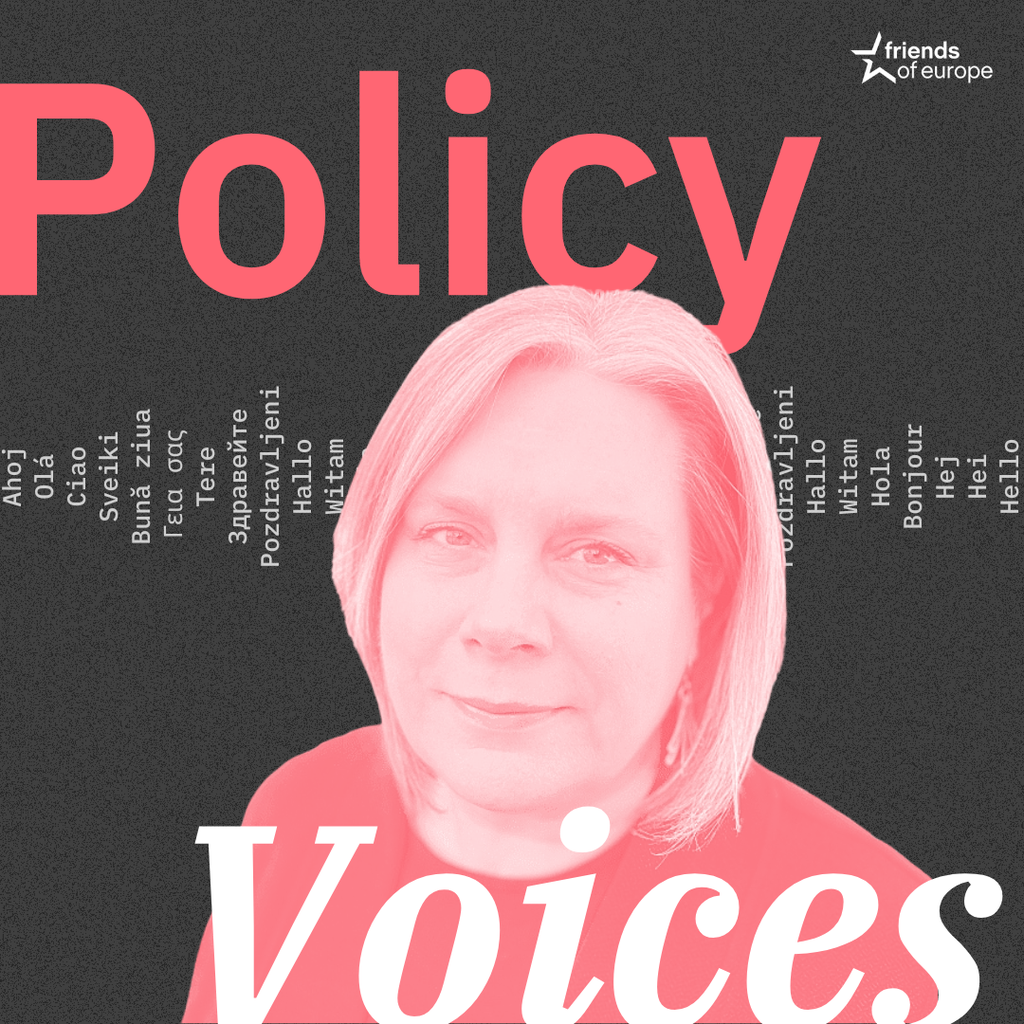A bold vision for a climate-neutral and competitive Europe
Next event In person & livestreamed

- Area of Expertise
- Climate, Energy & Natural Resources

Esther Bijl is Programme Manager at Debating Europe
Join the debate on ‘Will climate change lead to an even bigger refugee crisis?’ on debatingeurope.eu
Most people remember the first news reports on the political unrest in Syria in 2011. After the start of the Arab Spring in Tunisia, Egypt and Libya, it was merely a matter of time before Syrians would take to the streets and demand the resignation of Syrian President Bashar al-Assad.
Within weeks, the uprisings escalated into a fully-fledged civil conflict. Fighting broke out between the Syrian government, opposition forces, Sunni Arab rebel groups, the Kurds, al-Nusra and Daesh (Islamic State). To date, more than 465,000 people have died; more than ten million civilians have had to leave their homes.
Not many people know that extreme droughts and bad agricultural planning in Syria between 2006 and 2010 led to the collapse of the agricultural sector in the north-east of the country. It forced 1.5 million unskilled farmers to migrate to the cities, and it is broadly seen as a contributing factor to the civil unrest. Six years since the conflict began, policymakers in the region and in the West urgently need to give the issue of climate-induced migration the attention it deserves.
Traditionally, the agricultural system in north-eastern Syria produces more than 65% of the country’s crop yield. The region is heavily dependent on rain: more than two-thirds of water for agriculture comes from a six-month rain period each year. The rest of the water comes from irrigation and groundwater. The variability of year-to-year rainfall adds to the importance of groundwater reserves.
More research is needed on the climatic drivers of civil unrest
During the presidency of Hafiz Assad (Bashar Assad’s father) from 1971 to 2000, the country increased its dependence on agricultural production and started to exploit land and water resources. This led to depletion of the groundwater and made agricultural success even more reliant on weather conditions. When the country was hit by extreme drought in 2006, it had a huge impact on agriculture. The lack of rainfall and high temperatures caused the soil to dry out, and there was no groundwater to compensate this.
This was not the first time drought had occurred in Syria. Since 1931 the Fertile Crescent (a band of territory stretching across the top of the Arabian peninsula, from the Nile Valley to the Persian Gulf) has witnessed a 13% drop in winter rainfall, and droughts have occurred occasionally. But the 2006 drought came relatively quickly after the 1998-2001 drought, from which the agricultural sector had only just recovered. The 2006 drought also lasted longer than previous dry spells, causing the harvest to fail year-on-year.
The effects of the drought were not limited to agriculture. Vegetation for grazing became scarcer, causing herders to lose large parts of their livestock and forcing them to sell some of the remaining animals to pay for feed. As market prices were heavily influenced by the drought, prices for livestock were low while prices for food and seed increased. This happened at a time when food subsidies for farmers were abolished due to a fall in Syria’s oil revenue and as part of Assad’s new liberal market policy.
In 2009, the United Nations Office for the Coordination of Human Affairs (OCHA) published a Syria Drought Response Plan, following remarks by the Syrian agriculture minister that the economic and social fallout from the drought was ‘beyond our capacity as a country to deal with’. Unfortunately, to date only 33.4% of the plan has been funded ‒ not enough to assist the herders and farmers and prevent a mass migration to the cities, as some 1.5 million Syrians from the north-eastern region migrated to Damascus, Aleppo and other urban areas.
These cities had already had to absorb more than one million refugees from Iraq in 2006, and so the new wave of refugees settled on the edges of the cities, where living conditions were poor and access to employment limited. The new influx of people also placed a huge strain on urban water supplies, which added to existing political unrest.
The Syrian drought is one example of climate change as a threat multiplier
In March 2015 climate scientist Colin Kelley published an article in which he compared models of greenhouse gas emissions from human interference with rising temperatures in the Fertile Crescent. He concluded that the increase in greenhouse gases due to human activity had an impact on the duration and severity of the drought. This is worrying. But what is more disturbing is that Kelley’s study and climate models by the International Panel on Climate Change suggest that this region will become drier in the future, as greenhouse gas concentrations continue. In fact, some studies suggest that the entire Fertile Crescent is likely to disappear by the end of the 21st century because of human-induced climate change.
This terrifying prospect requires that the phenomenon of climate refugees is taken seriously. The Syrian case demonstrates how dangerous climate change can be when it affects vulnerable populations in countries that are not resilient to changing weather conditions and mass migration. High vulnerability to rainfall and temperatures due to unsustainable agricultural policies led to the migration of unskilled labour to cities that lacked urban and infrastructural planning, adding to political instabilities.
The Syrian drought is one example of climate change as a threat multiplier. Droughts, limited natural resources and mass migration will be extra burdens on existing difficulties. Accommodating refugees regionally is only possible if resources are available to house and feed them. As temperatures continue to rise, more parts of the Middle East will become uninhabitable.
More research is needed on the climatic drivers of civil unrest. But for now, it is crucial that countries most affected by climate change, as well as nations in the global North, take the phenomenon of climate refugees seriously and develop effective emergency plans for the migration of climate refugees.
Next event In person & livestreamed

Past event In person & livestreamed

Past event In person & livestreamed

Past event In person & Livestreamed





Stay informed
We use cookies and similar technologies to adjust your preferences, analyze traffic and measure the effectiveness of our campaigns. Learn more about our privacy policy.